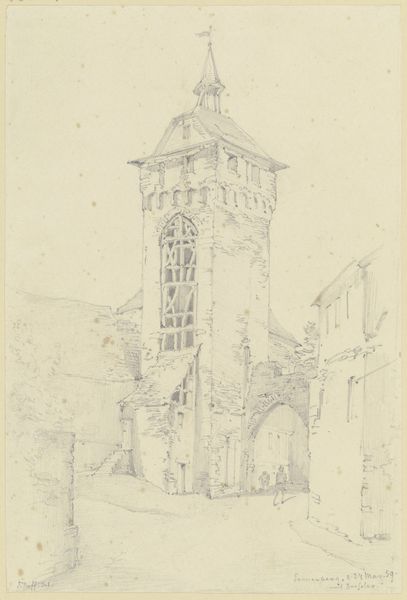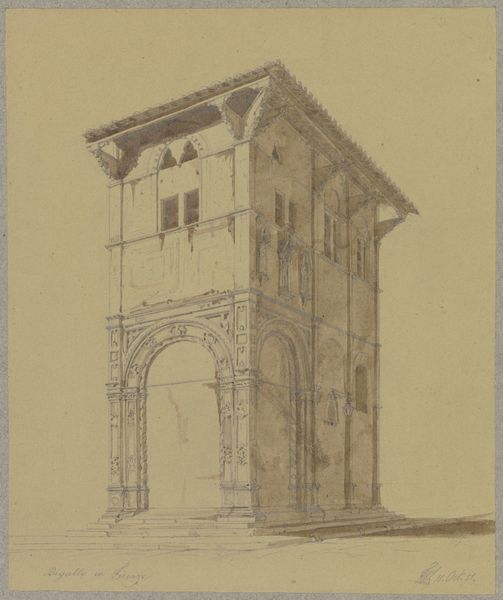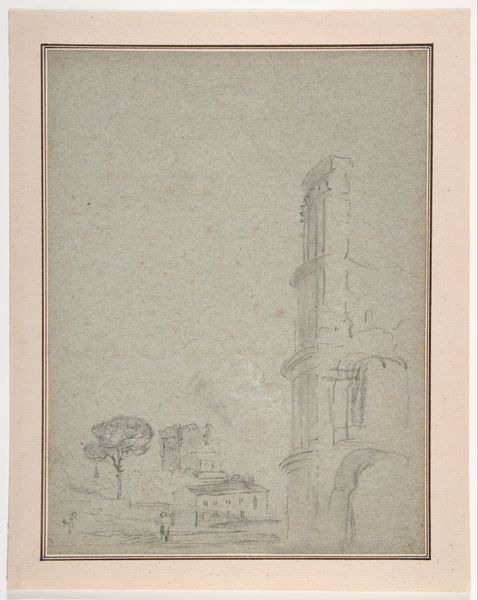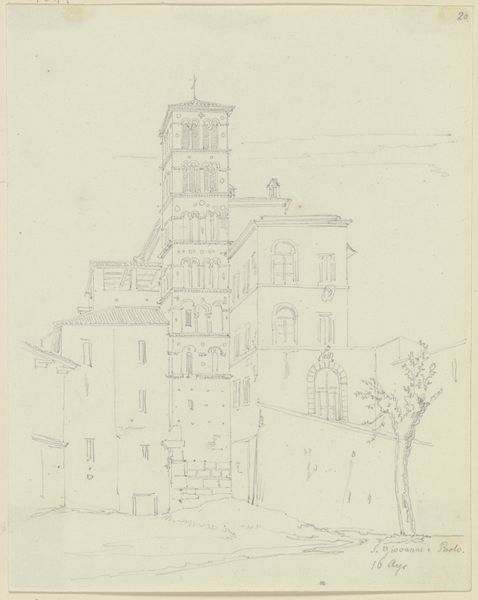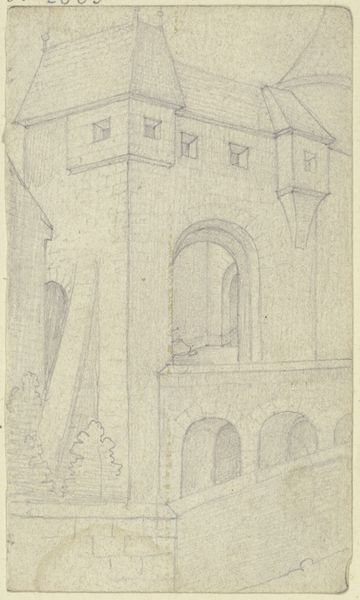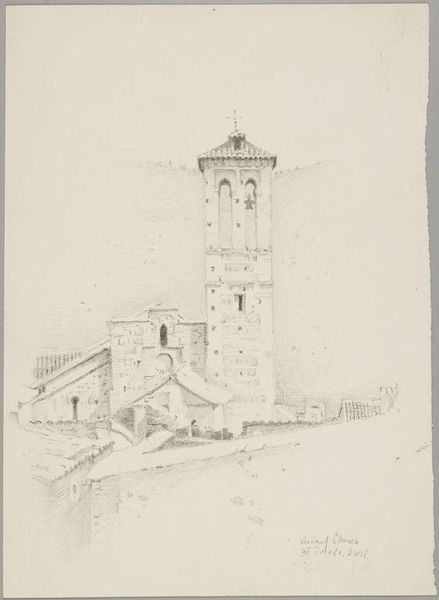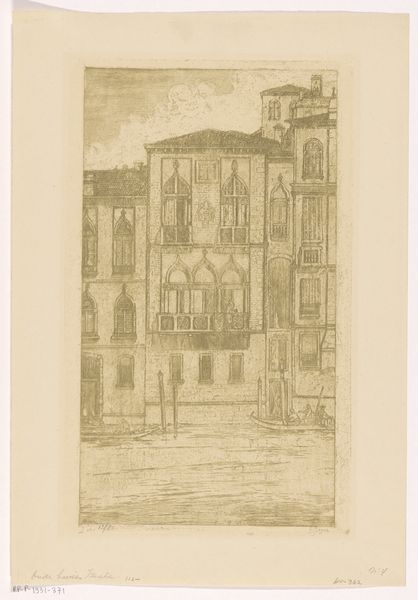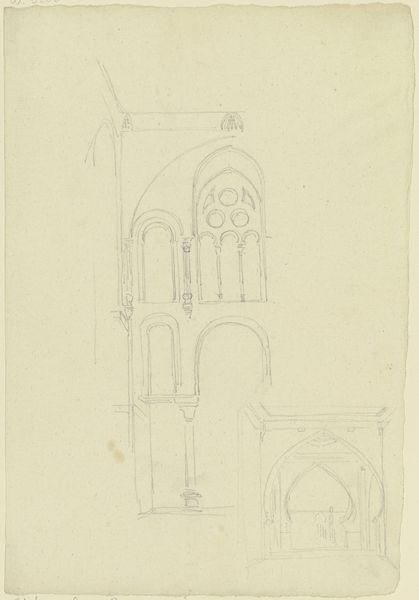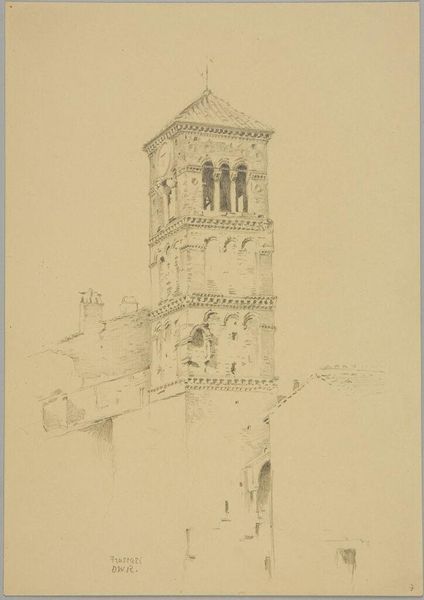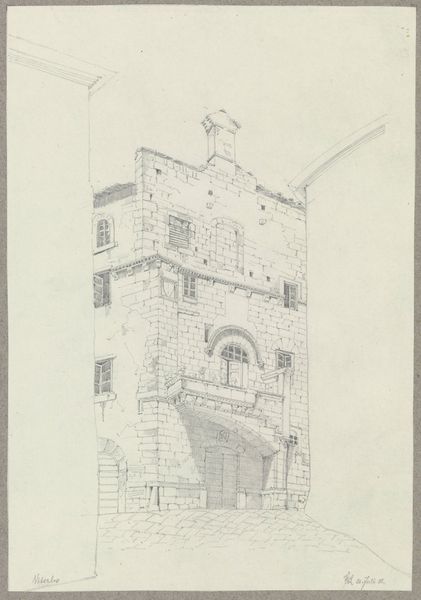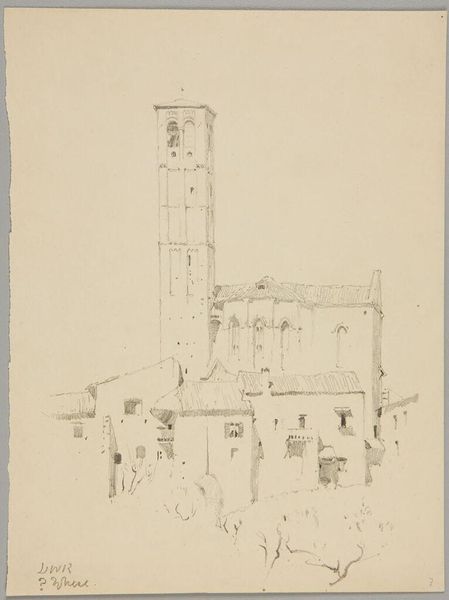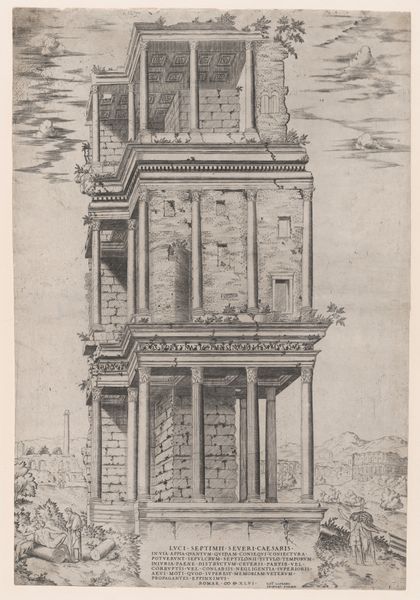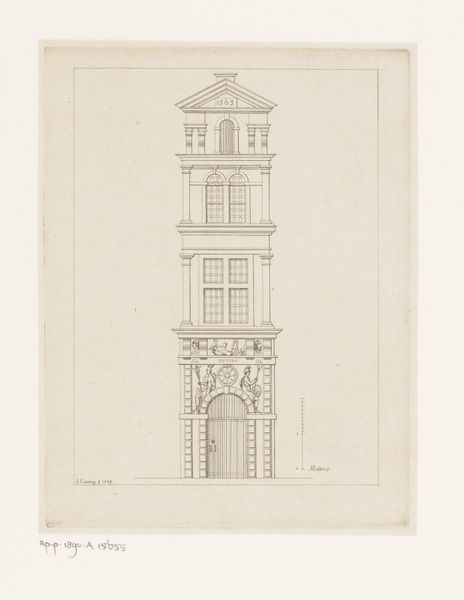
Nordturm (Eulenturm) des Klosters Sankt Peter und Paul in Hirsau 7 - 1849
0:00
0:00
Copyright: Public Domain
Friedrich Wilhelm Ludwig created this pencil drawing of the North Tower of the Hirsau Monastery in Germany. This image invites us to consider the role of art in documenting and interpreting historical sites. Ludwig’s choice to depict a medieval monastery during the 19th century reflects a broader cultural interest in the medieval past and its relationship to contemporary German identity. The drawing captures the architectural details of the tower. Its Romanesque style, characterized by rounded arches and robust construction, makes a statement about medieval monasticism and the cultural significance of religious institutions. The ruins themselves serve as a focal point, embodying the passage of time and the transformations of German society. For further insights into how German artists and institutions engaged with their medieval past, one could examine architectural records, historical society publications, and local archives. By situating this drawing within its cultural and institutional context, we come to appreciate how art shapes our understanding of history.
Comments
No comments
Be the first to comment and join the conversation on the ultimate creative platform.
